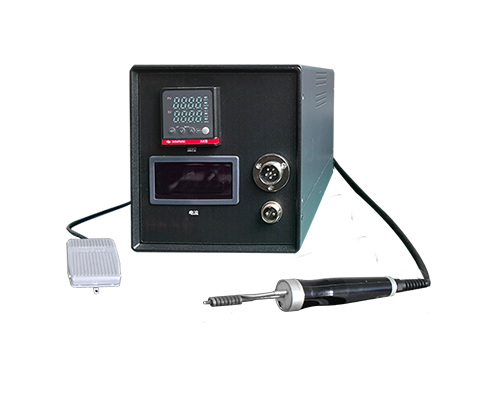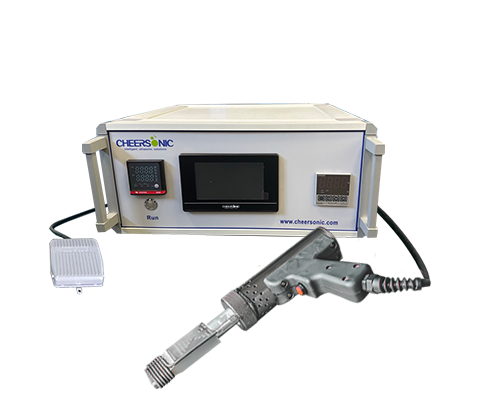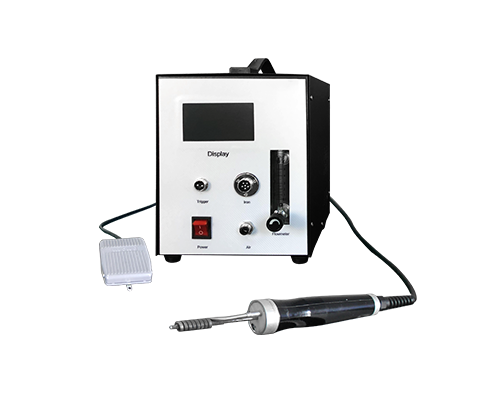Aluminum wire and foil, thanks to their lightweight and excellent electrical and thermal conductivity, occupy a core position in the electronics, new energy, and semiconductor industries. The quality of their welding directly determines the performance and lifespan of end products. However, the physical and chemical properties of aluminum present numerous challenges in the welding process. With the advancement of technology, various solutions are driving industry upgrades.
The core difficulty in welding aluminum wire and foil stems from the inherent properties of the material. Aluminum readily forms a thin film of aluminum oxide with a thickness of 0.1-0.2μm in air. This film has a melting point of 500°C, far exceeding the melting point of aluminum itself, which is approximately 200°C. This film directly hinders metal fusion and leads to defects such as slag inclusions and lack of fusion. Furthermore, liquid aluminum can dissolve large amounts of hydrogen, while solid aluminum hardly dissolves hydrogen. During cooling and solidification, hydrogen has no time to escape, forming pores. This pore problem is significantly exacerbated when the relative humidity exceeds 80%. Furthermore, aluminum has a thermal conductivity approximately four times that of steel, leading to rapid heat loss and no noticeable color change from solid to liquid. This makes controlling the heating temperature difficult, and can easily lead to weld penetration or incomplete fusion.

To address these challenges, the industry has developed a variety of mature welding technologies. Ultrasonic welding utilizes frictional heat generated by high-frequency vibrations of 20-60kHz to achieve molecular bonding. This eliminates the need for high-temperature melting and prevents damage to sensitive components. It excels in welding micro-joints smaller than 50μm, making it a preferred solution for semiconductor packaging and medical electronics. Metal-inert gas welding (MIG) uses an inert gas to isolate the atmosphere and, when used with specialized aluminum welding wire, achieves reliable connections. For thick plate welding, a mixture of 70% argon and 30% helium is used to increase penetration and reduce porosity. Pulsed argon arc welding, by adjusting parameters to precisely control arc power, effectively reduces the heat-affected zone and is suitable for welding thin plates and heat-sensitive aluminum alloys.
Today, aluminum wire and foil welding technology has achieved breakthroughs in many fields. In new energy vehicle power battery management systems, welded joints exhibit superior vibration resistance compared to traditional soldering. In semiconductor IGBT modules, aluminum wire welding replaces gold wire, reducing costs by 30%. With continuous process optimization, this technology is providing core support for lightweight and precision manufacturing, driving the continuous upgrading of high-end manufacturing.





